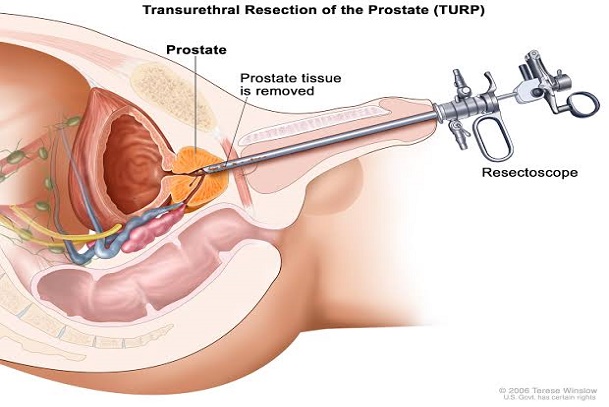 Wash your hands regularly and wear a face mask.
Learn more
Wash your hands regularly and wear a face mask.
Learn more

Taking a decision in choosing a treatment plan for most prostate cancer cases isn’t one to be taken in an indecisive manner due to the fact that most prostate cancers are found in the early stages thus causing a slow growth. During this time, it is important to seek advice from a doctor about the risks and benefits of all treatment options and when treatment should begin. This discussion would help to address issues regarding the current state of the cancer; PSA level; health history; other related medical conditions and also check if the cancer hasn’t spread to other bones.
Although treatment recommendations would depend on these factors, there are some general steps for treating early-stage and locally advanced prostate cancer.
Treatment Options for Prostate Cancer
Depending on various prostate cancer cases, treatment options for prostate cancer might include:
If prostate cancer is in an early stage, is growing slowly, and treating the cancer would cause more problems than the disease itself, doctors recommend active surveillance or watchful waiting.
Surgery involves the removal of the prostate and some surrounding healthy tissue during an operation. There are various types of surgery and each depends on the stage of prostate cancer, age, and the overall health of the man.
Surgical options include:
Radiation therapy uses high-powered energy to kill cancer cells. Prostate cancer radiation therapy can be delivered in the following ways:
Note: People who receive hypo fractionated radiation therapy may have a slightly higher risk of some short-term side effects after treatment compared with those who receive regular EBRT. This can include gastrointestinal side effects.
Brachytherapy may be used with other treatments, such as external-beam radiation therapy and/or hormone therapy.
Note: Radiation therapy may cause side effects during treatment, including increased urinary urge or frequency; problems with sexual function; problems with bowel function, including diarrhea, rectal discomfort or rectal bleeding; and fatigue. Most of these side effects usually go away after treatment.
Due to the fact that prostate cancer growth is driven by male sex hormones called androgens, lowering the levels of these hormones can help slow the growth of prostate cancer. The most common type of this androgen is called testosterone. Testosterone levels in the body can be lowered either by surgically removing the testicles, known as surgical castration, or by taking drugs that turn off the function of the testicles, called medical castration.
ADT or Hormone therapy is used in men with advanced prostate cancer to shrink the cancer and slow the growth of tumors. In men with early-stage prostate cancer, hormone therapy may be used to shrink tumors before radiation therapy, which can increase the likelihood that radiation therapy will be successful.
Side effects of hormone therapy may include erectile dysfunction, hot flashes, loss of bone mass, reduced sex drive and weight gain.
Chemotherapy uses drugs to kill rapidly growing cells, including cancer cells. Chemotherapy can be administered through a vein in your arm, in pill form or both.
Chemotherapy may be a treatment option for men with prostate cancer that has spread to remote body locations. Chemotherapy may also be an option for cancers that don't respond to hormone therapy.
Cryosurgery or Cryoablation involves freezing tissue to kill cancer cells. Here, small needles are inserted in the prostate using ultrasound images as guidance. A very cold gas is placed in the needles, which causes the surrounding tissue to freeze. A second gas is then placed in the needles to reheat the tissue. The cycles of freezing and thawing kill the cancer cells and some surrounding healthy tissue.
Biologic therapy is a treatment that uses the patient’s immune system to fight cancer. Substances made by the body or made in a laboratory are used to boost, direct, or restore the body’s natural defenses against cancer. Sipuleucel-T is a type of biologic therapy used to treat prostate cancer that has metastasized (spread to other parts of the body).
This treatment takes some of your own immune cells, genetically engineers them in a laboratory to fight prostate cancer, and then injects the cells back into your body through a vein. Some men do respond to this therapy with some improvement in their cancer, but the treatment is very expensive and requires multiple treatments.